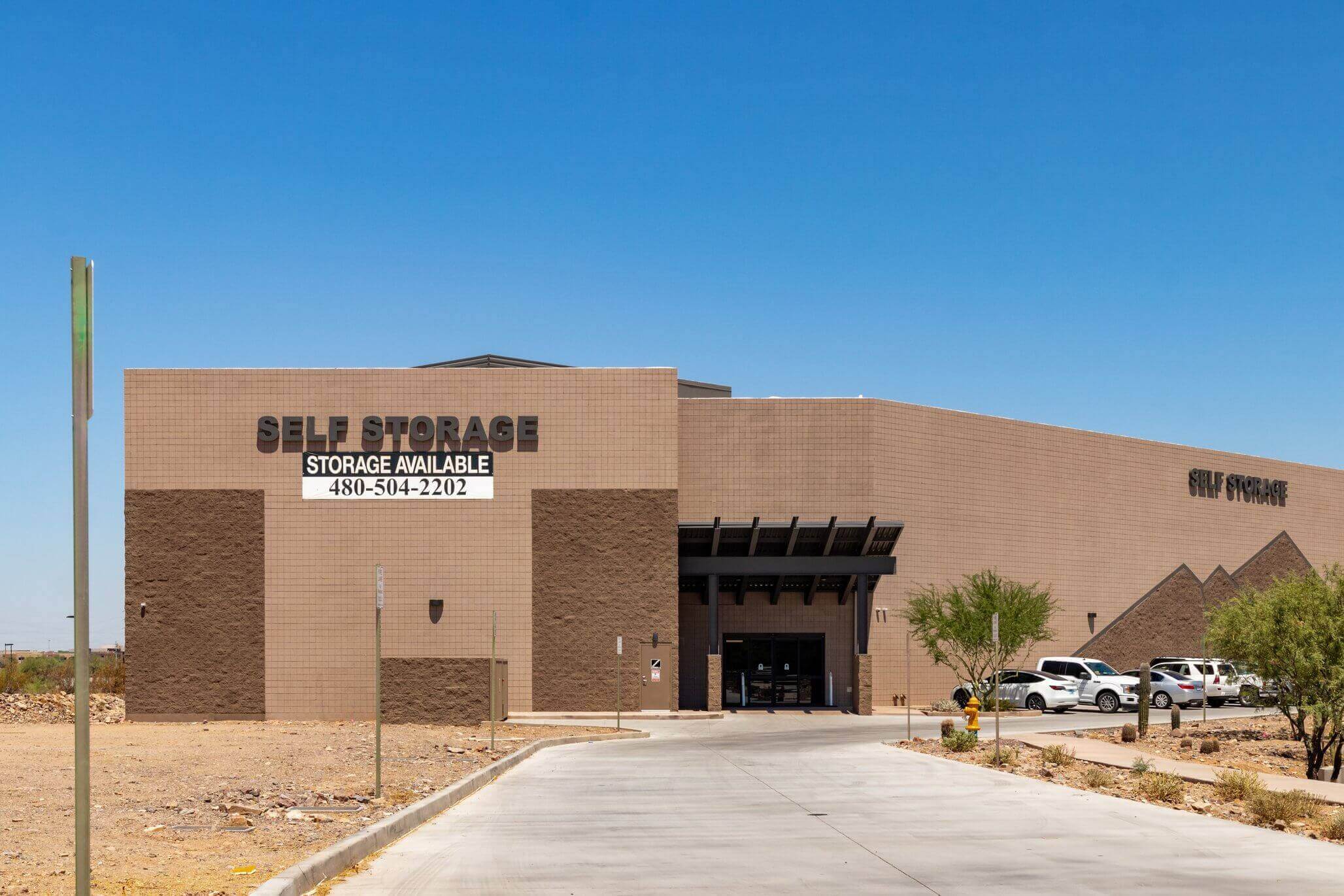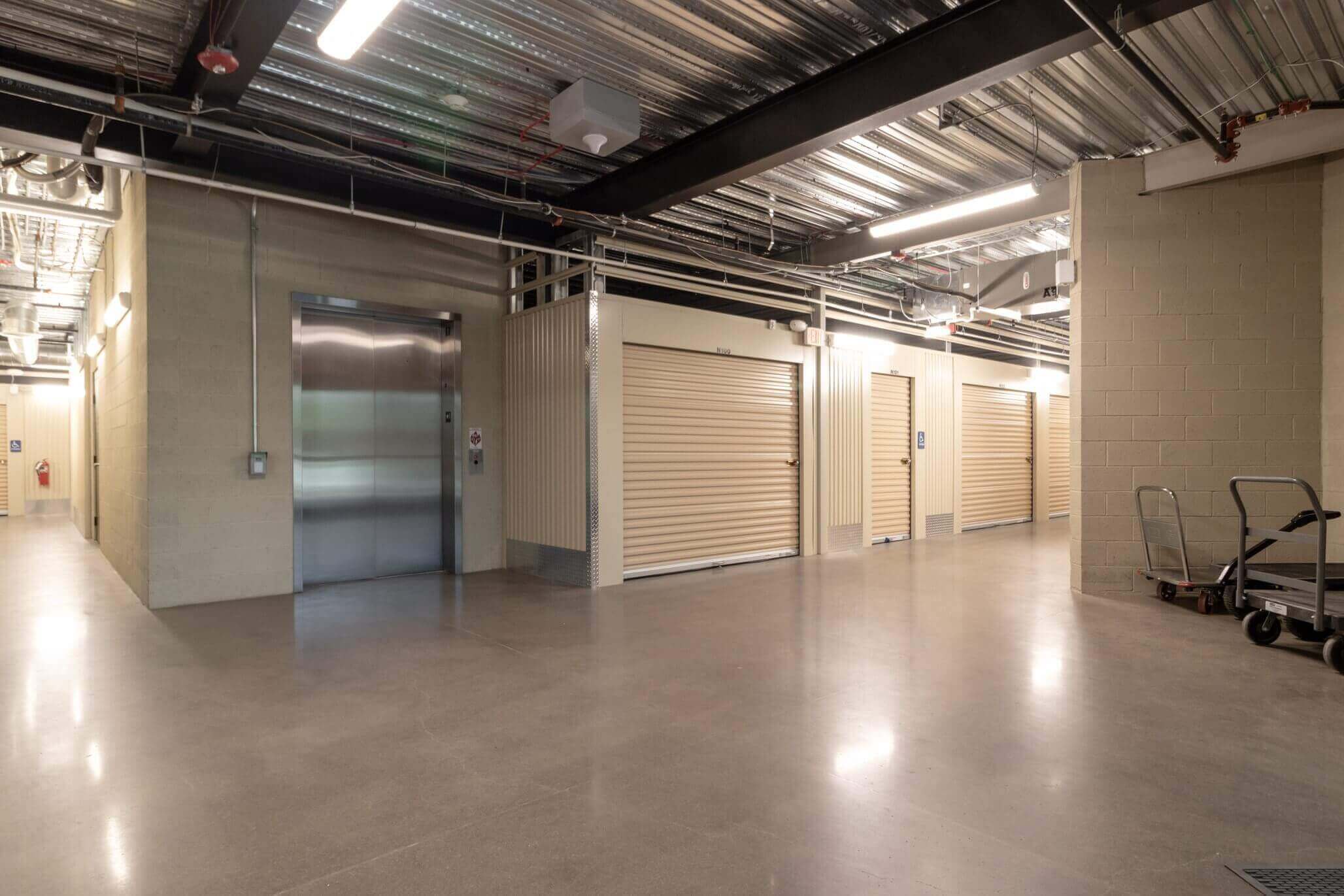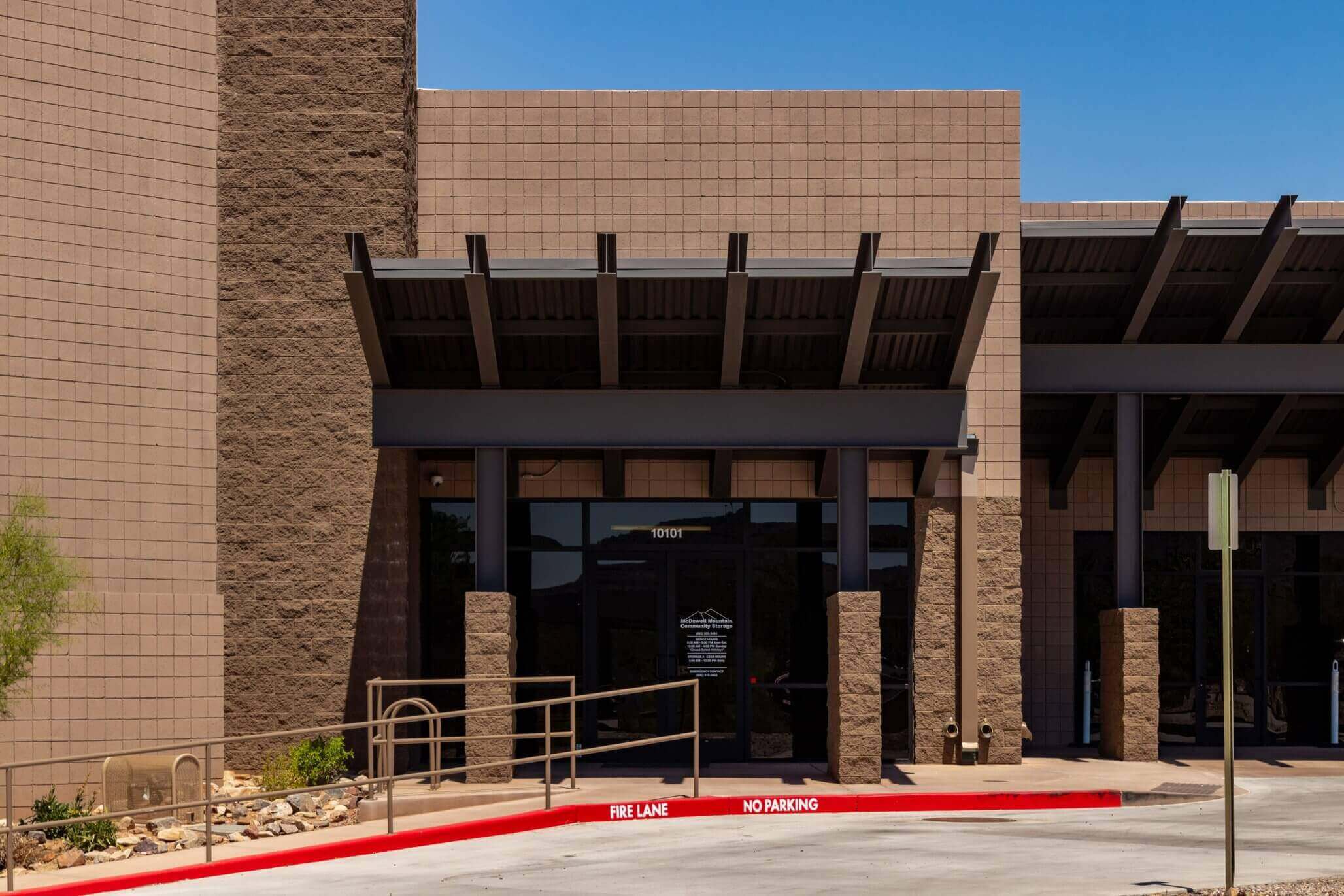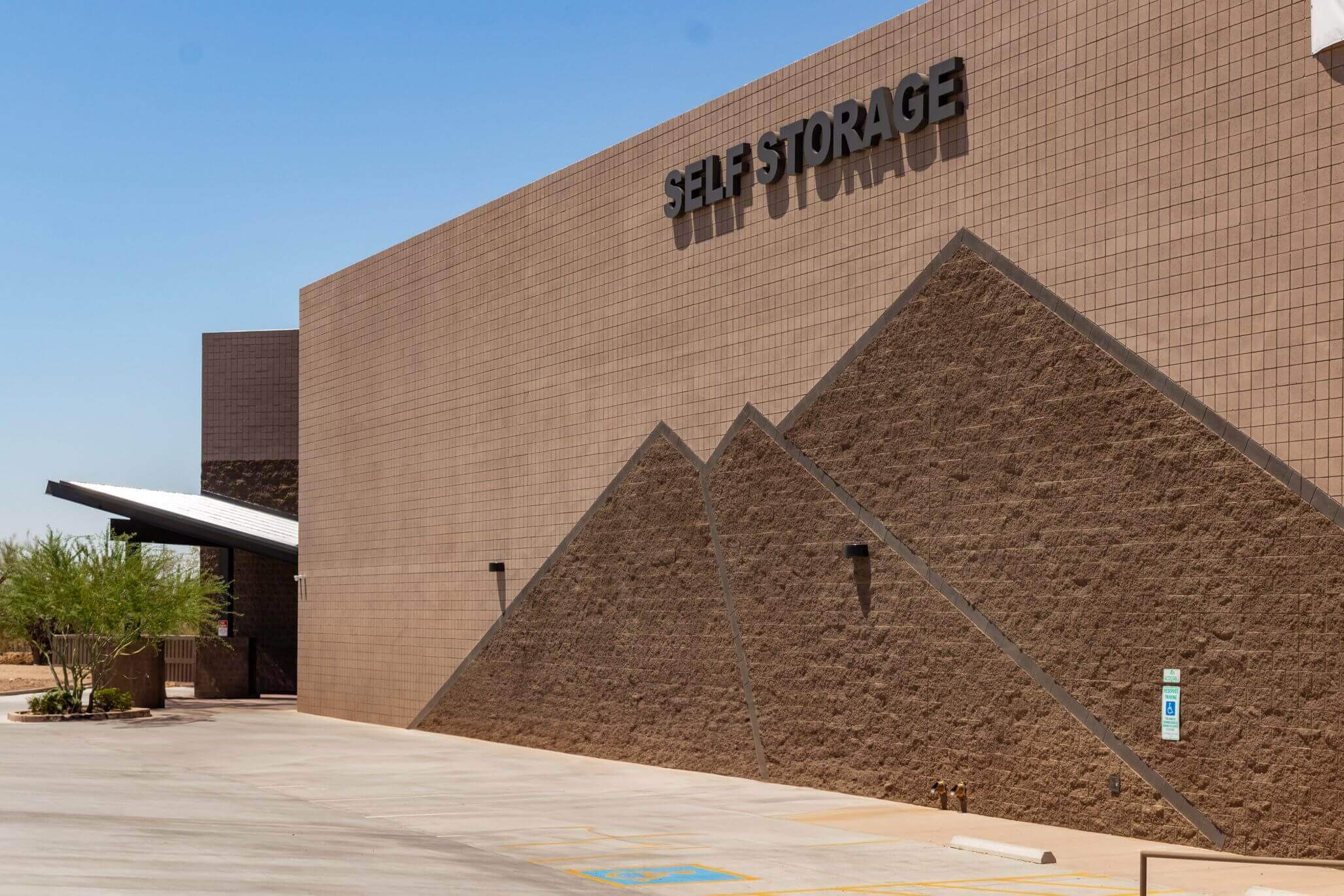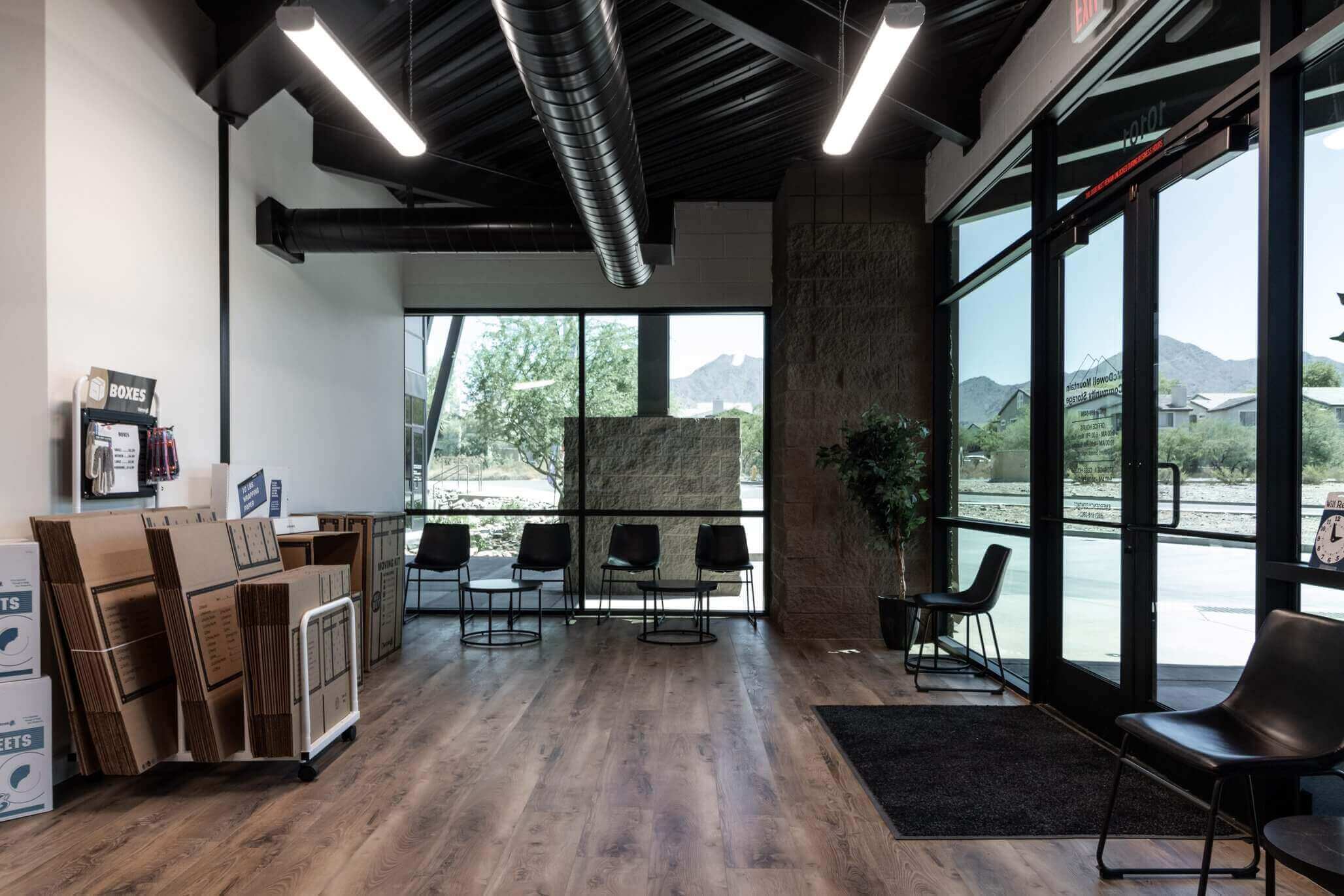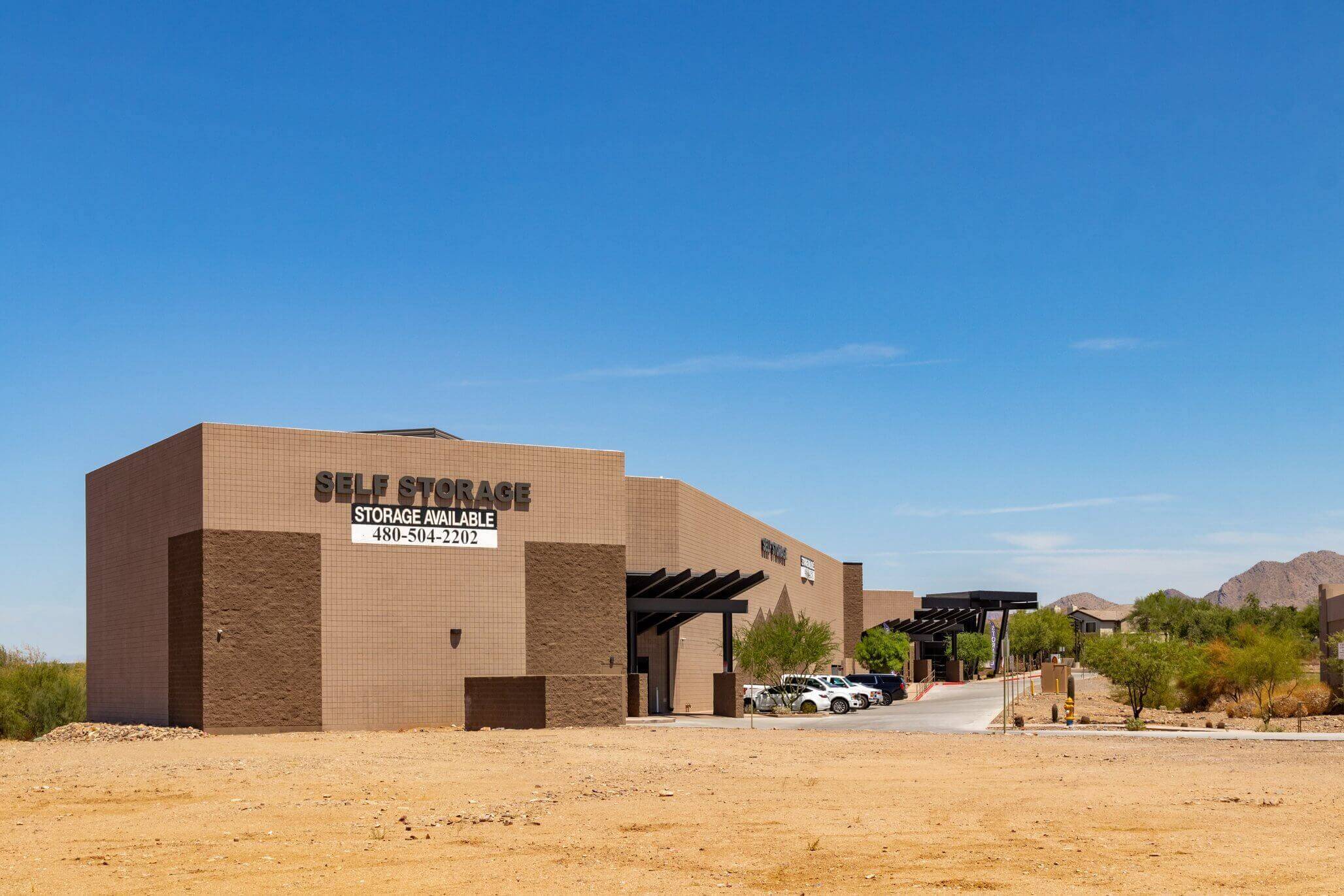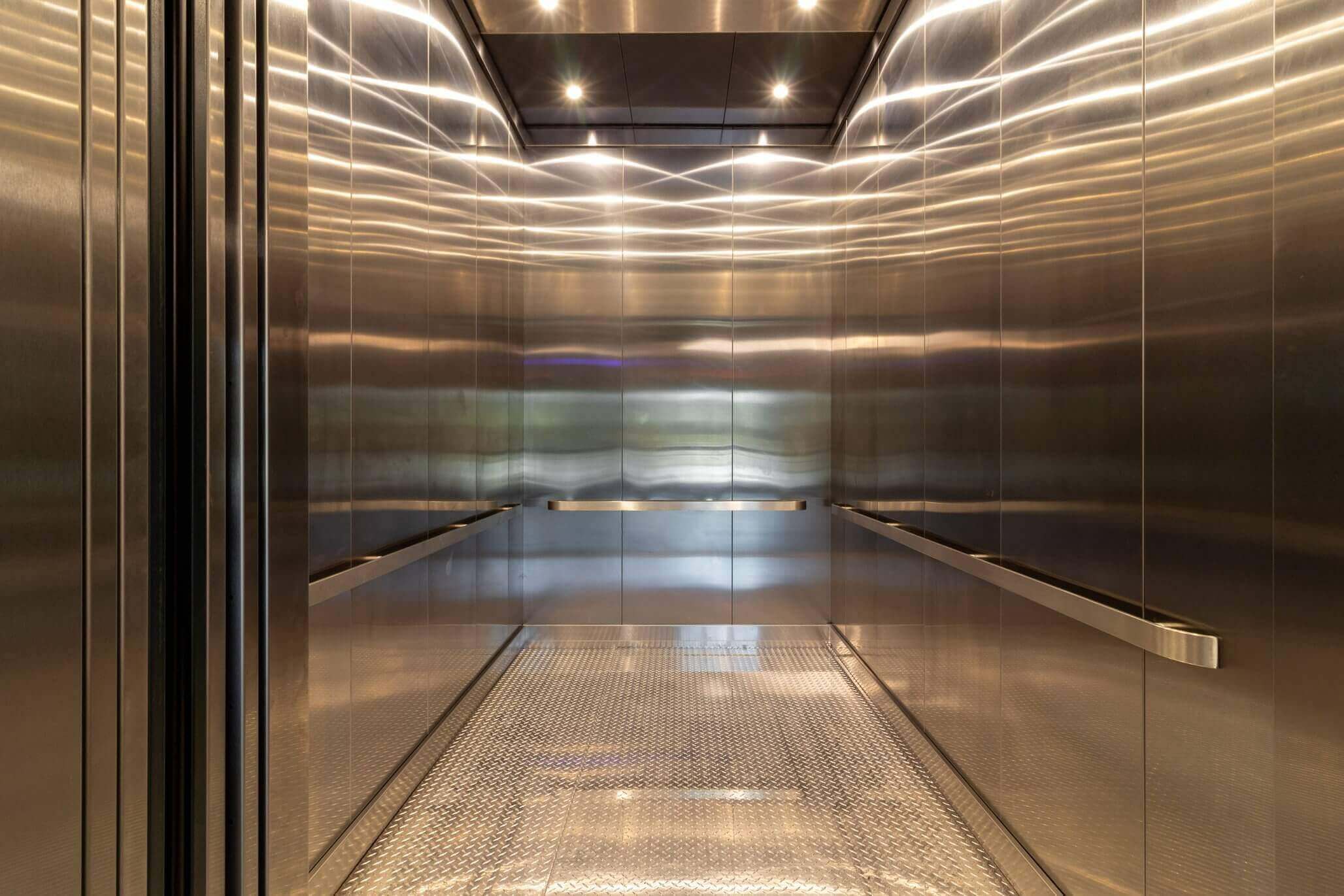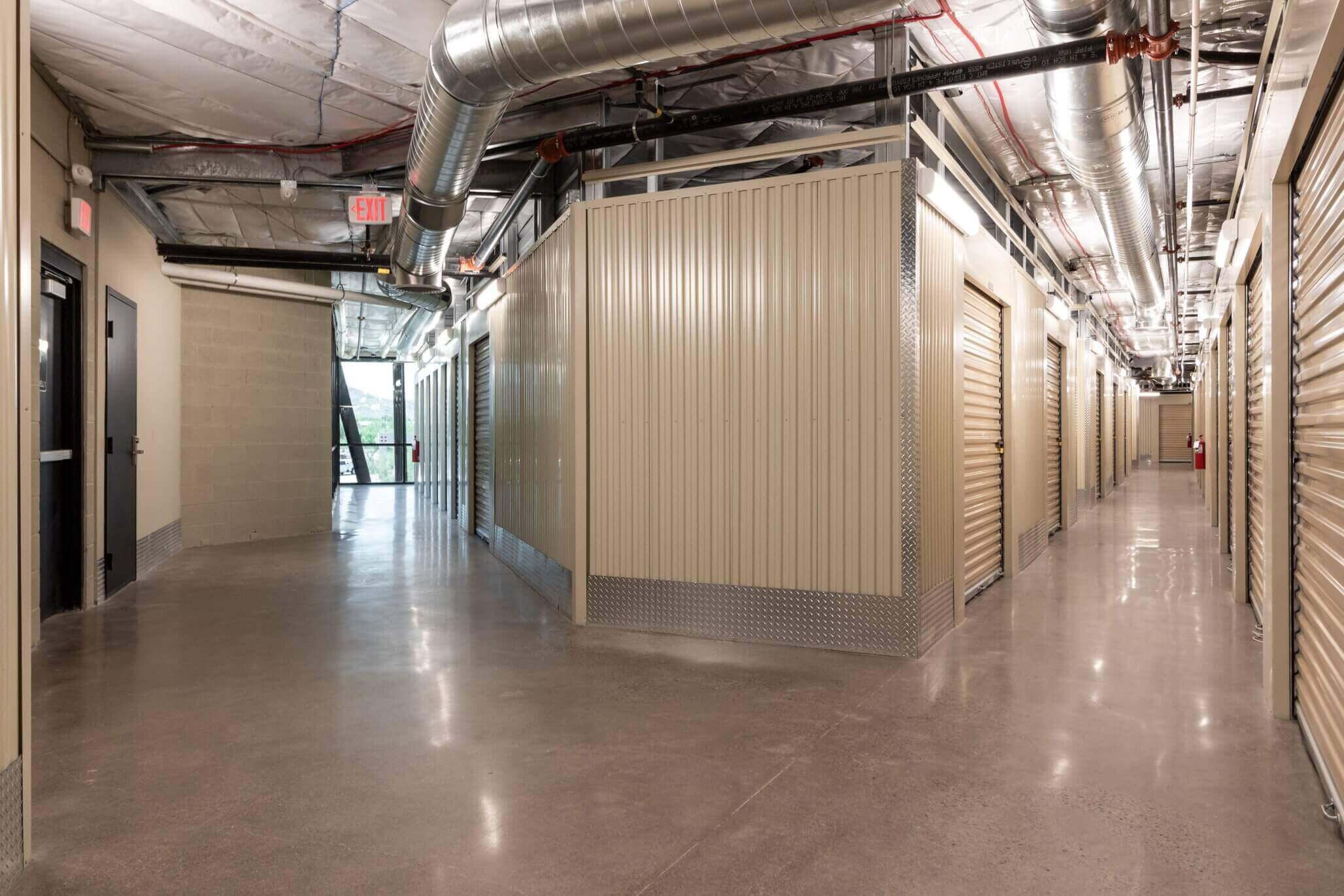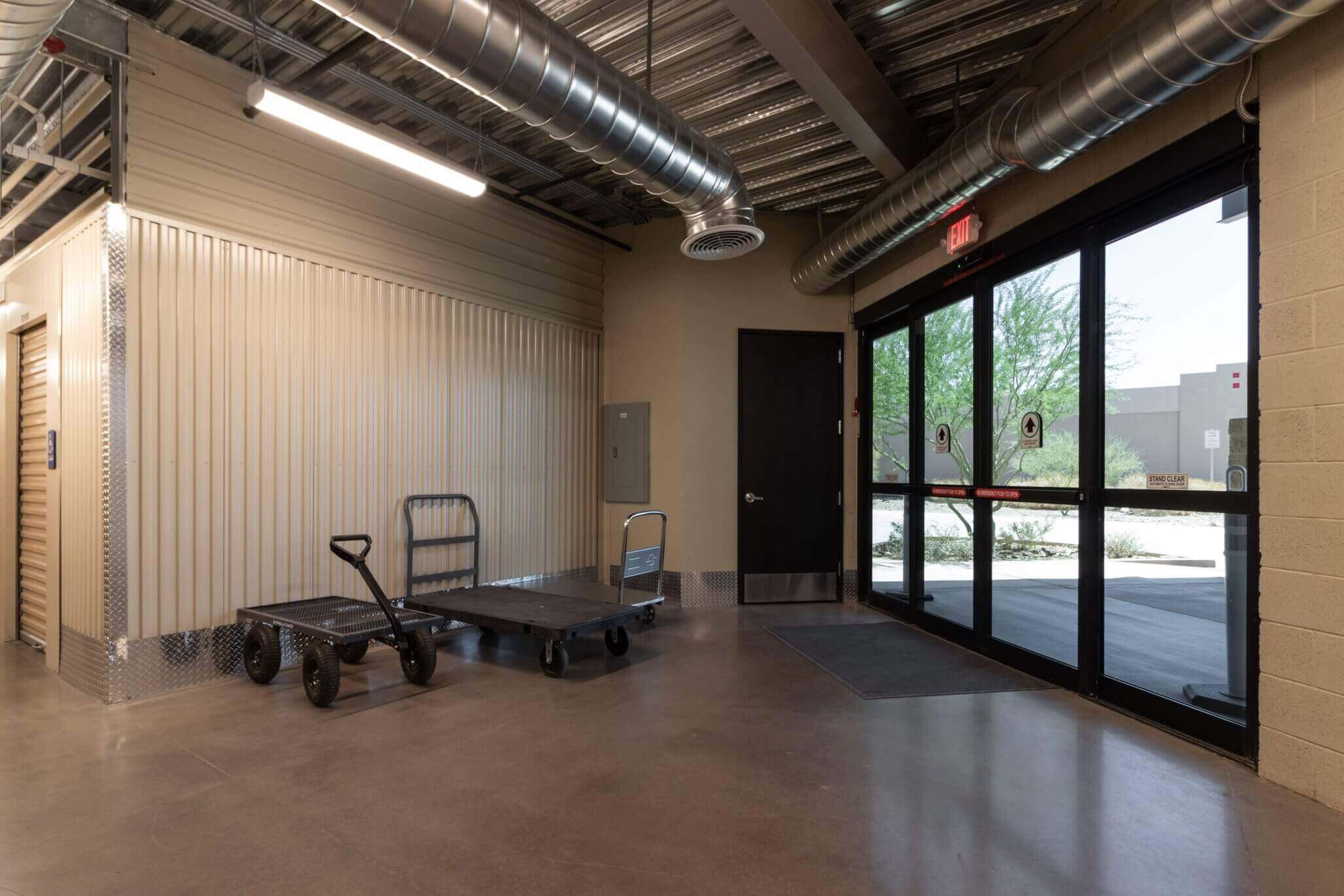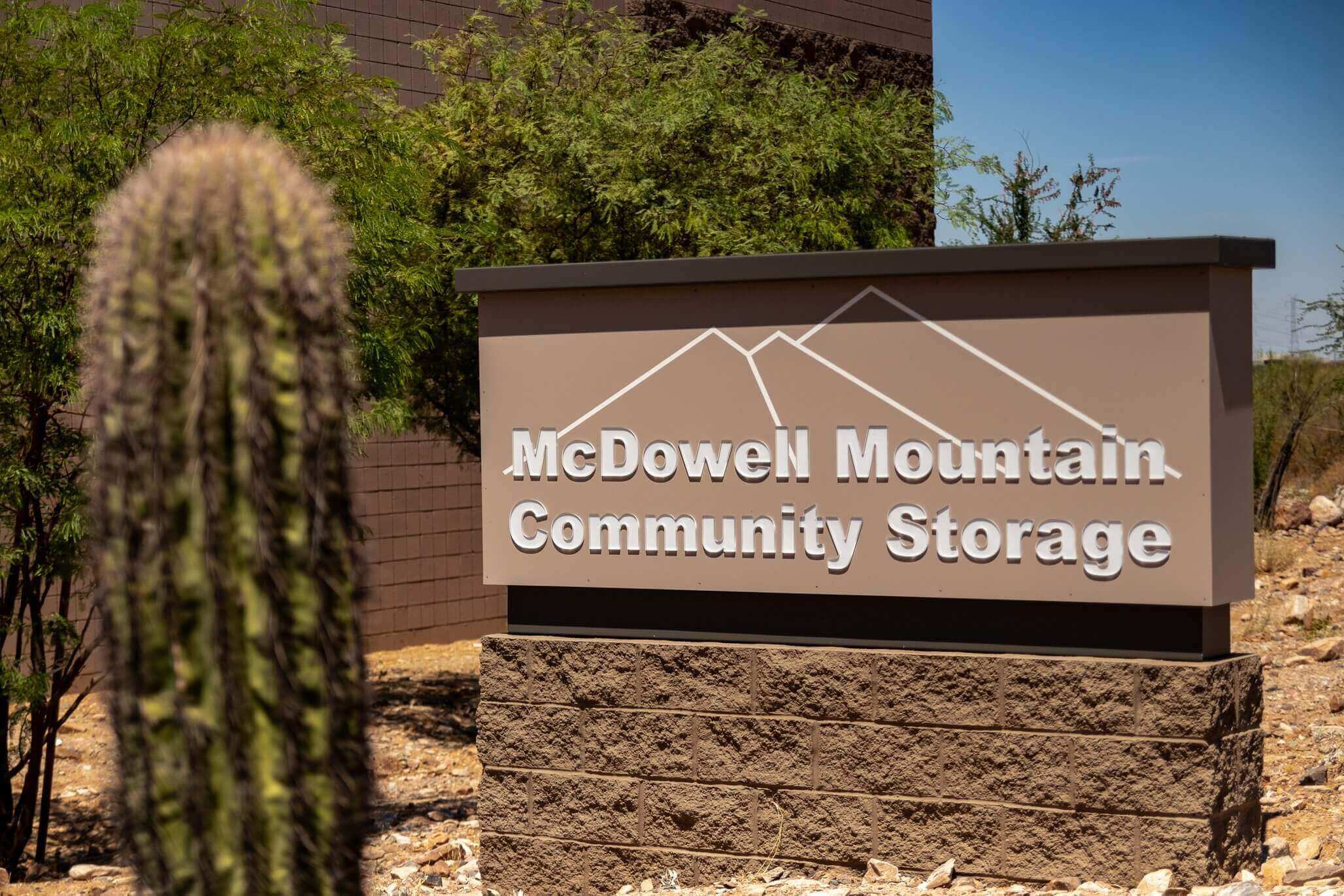In today’s fast-paced world, finding reliable and secure storage solutions is more critical than ever. Whether you’re a homeowner overwhelmed with seasonal decorations and extra furniture or a business owner managing inventory overflow, the need for efficient and flexible storage is universal. While storing items at home may seem like the easiest option, it often comes with limitations in space, organization, and protection. In contrast, modern storage facilities offer a wide range of features designed to meet diverse needs—providing not just space, but peace of mind.
Storage facilities offer greater security and flexibility than home storage, making them an increasingly popular choice for individuals and businesses alike.
Storage Needs Must Be Assessed Before Choosing a Solution
Choosing between home storage and a professional storage facility begins with a thoughtful decision—one that depends on several key elements. You need to assess your storage needs, including the items, furniture, and belongings you plan to store. Whether you’re looking to declutter your home, manage business inventory, or prepare for a move, it’s essential to understand the volume, type, and duration of storage required. Gathering the correct information early on helps you make a more confident decision. Consider the reason for needing extra space, the cons of overcrowded areas at home, and the advantages of offsite delivery and convenience that storage facilities offer.
Everyday items needing storage include:
- Seasonal decorations
- Extra appliances
- Archived documents
- Tools and equipment
- Hobby-related items
- Stored vehicles or electronics
At McDowell Mountain Community Storage, we help you identify your specific needs and recommend the proper storage solutions based on size, type, and budget.
Storage Facilities Offer Dedicated Units With More Space
Unlike limited garage, attic, or closet space in your home, a professional storage facility provides a wide range of unit sizes and types designed for different contents.
From small boxes and personal belongings to larger items like furniture, artwork, and even vehicles, our facility offers:
- Compact units for personal effects
- Medium-sized storage units for full-room contents
- Drive-up units for easy loading/unloading
- Covered vehicle and pod spaces
This variety allows you to select the option that best fits your current storage needs while leaving room to expand if needed.
Security Features Provide Superior Protection at Storage Facilities
A key advantage of professional self-storage units is advanced security and protection. Home storage often lacks the infrastructure to keep valuables, electronics, or confidential documents fully secure.
At McDowell Mountain Community Storage, our facility features:
- 24/7 HD surveillance cameras
- Individual unit locks
- Secure gated access with PIN codes
- On-site staff for monitoring
- Perimeter fencing and climate control systems
These security features help deter unauthorized access, theft, and damage—particularly important when storing high-value or sensitive items.
Climate Control Ensures Environmental Stability for Stored Items
Storing your belongings at home might expose them to fluctuating temperatures, humidity, and poor air circulation—especially in Arizona‘s extreme weather conditions. These environmental factors can damage electronics, wooden furniture, appliances, and artwork, making it critical to evaluate the differences between home storage and a professional storage solution. For many people living in the area, relying on a secure self-storage unit is a more innovative way to protect valuable items. Whether you’re a homeowner or run a small company, having dedicated storage space on hand helps you address storage needs without sacrificing livable space. This process is even more beneficial when storing bulkier items or pods, which require more room and protection than a typical home setup can provide. One of the significant pros of using a facility is reducing the physical labor and risk associated with cramming something fragile or important into an already overfilled space.
Our climate-controlled storage units regulate both temperature and humidity, offering year-round protection for sensitive items. This environment helps prevent:
- Mold and mildew
- Warping of wood
- Corrosion of metals
- Pest infestations
If you’re storing things like musical instruments, important documents, or fragile antiques, climate control is essential.
Offsite Storage Improves Home Organization and Functionality
Choosing an offsite storage unit helps declutter your property, improves organization, and makes everyday spaces like your garage, hallways, or office more functional. Many homeowners across the U.S. unknowingly dedicate valuable living space to underutilized storage, not realizing the difference a well-designed building can make. A professional facility often includes practical amenities such as elevators, ground-level access, and a helpful guide to assist with smooth moves. These features not only save you money and time, but also reduce stress during the transition. In conclusion, investing in a modern storage unit is an innovative, space-saving solution for long-term convenience and protection.
By moving seldom-used items offsite, you can:
- Free up closets, rooms, or garages
- Improve access to essentials
- Maintain a cleaner home environment
- Reduce visual clutter and stress
Our storage facility allows you to organize your stuff in clearly labeled containers or storage bins, with easy access and efficient use of space.
Accessibility and Convenience Are Improved With Self-Storage
While storing at home may seem more convenient, it often leads to disorganized, cramped spaces with limited access. In contrast, professional storage facilities like ours are designed with accessibility and user experience in mind.
At McDowell Mountain Community Storage, we provide:
- Extended access hours and flexible entry
- Wide hallways and easy-to-navigate layouts
- Drive-up units and ground-level options
- On-site customer service and support
Whether you’re visiting weekly or once a year, accessing your unit is always quick and hassle-free.
Storage Facility Costs Offer Long-Term Value
Although home storage may appear “free,” it comes with hidden costs—such as lost usable space, increased maintenance, and potential damage due to poor protection, especially when comparing a short-term and long-term storage unit as part of your overall storage strategy.
Storage facilities operate on transparent, predictable rental pricing based on:
- Unit size
- Duration of storage
- Added features like climate control
- Insurance or protection plans
McDowell Mountain Community Storage offers:
- Competitive costs
- No hidden fees
- Flexible terms
- Discounts for long-term rentals
This makes self-storage a wise budget choice, especially for large quantities of items or long-term needs.
Transportation to Storage Facilities Is Straightforward
Some worry that offsite storage complicates transportation. In reality, modern storage services simplify the move with well-located facilities and convenient loading zones.
We provide:
- Ample truck access
- Loading docks and drive-up entries
- Dollies, carts, and ramps
- Nearby locations within the city
Our team is happy to offer tips and guides on best packing practices and loading techniques to ensure a smooth experience from doorstep to unit.
Home Storage Has Limited Security and Storage Capacity
While home storage works for small items and frequently used tools, it falls short in several key areas:
- Lack of climate regulation
- Poor security
- Limited unit sizes
- Risk of theft, pests, or water damage
Furthermore, converting home space into storage may require construction, incur ongoing maintenance, and lower your property’s functional value.
Business and Office Storage Is More Efficient Offsite
Business storage needs continue to grow as companies face challenges managing seasonal inventory, outdated documents, office furniture, or promotional materials. Instead of leasing larger offices or cluttering your workplace, self-storage units offer a more efficient, cost-effective solution. Offsite business storage provides the flexibility to scale up or down based on demand, while keeping your operational spaces organized and productive.
Our commercial clients enjoy:
- Secure, accessible spaces
- Month-to-month rental flexibility
- Room for tools, electronics, and vehicles
- A professional environment with reliable services
Whether you’re an e-commerce seller, real estate agent, or local artisan, offsite storage supports your business growth without expanding your footprint.
Vehicle and Large Item Storage Is Better in a Facility
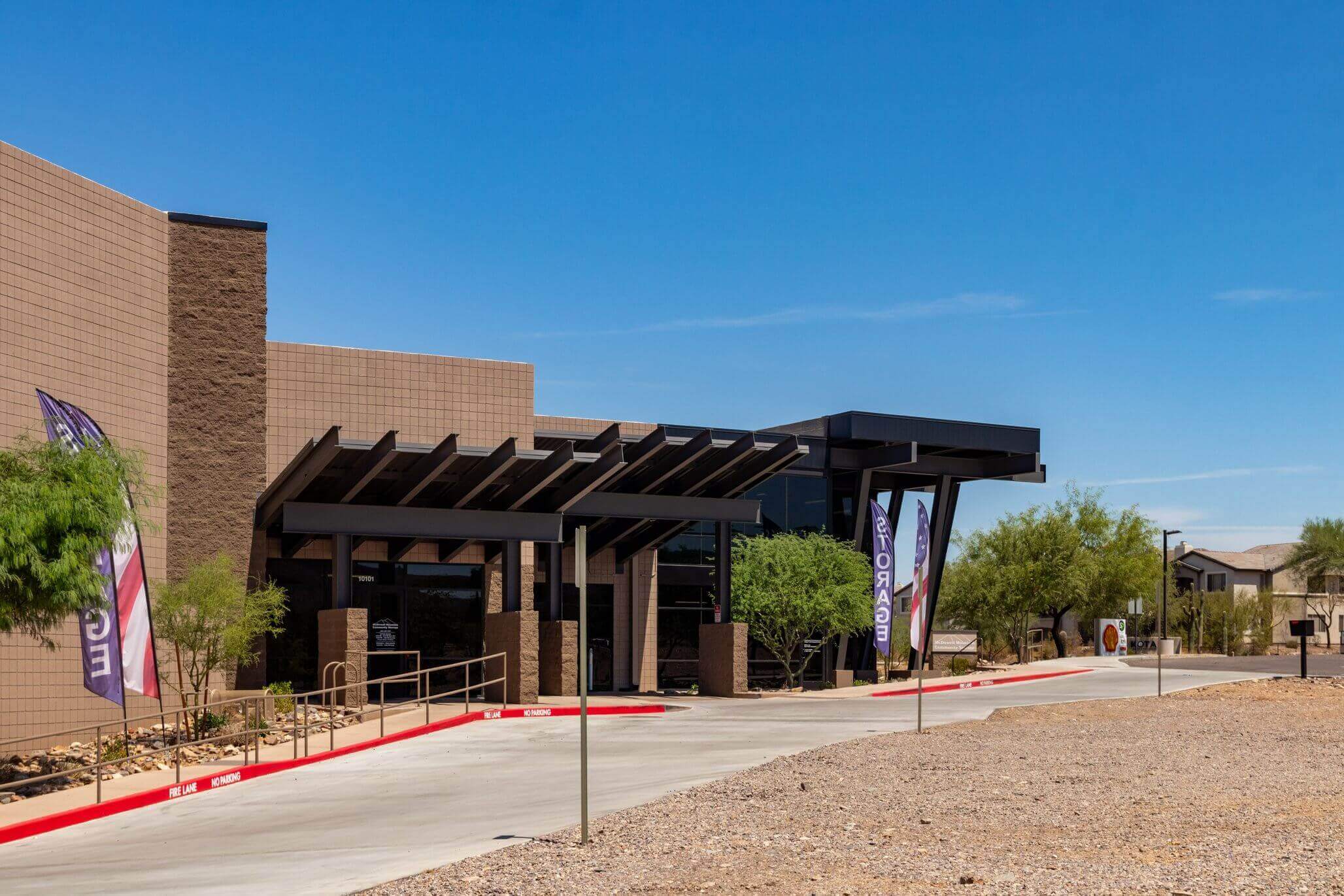
Storing cars, trucks, RVs, trailers, or large equipment at home poses security and space challenges. Local regulations, HOA restrictions, or lack of covered space make home storage impractical.
McDowell Mountain Community Storage offers:
- Secured outdoor and indoor vehicle storage
- 24/7 surveillance and gated access
- Covered spaces for weather protection
- Drive-up units for large furniture and appliances
For oversized or high-value items, professional storage ensures both protection and peace of mind.
Professional Staff Enhance Customer Experience
Our on-site staff and support team help streamline your entire storage process—from choosing a unit, signing paperwork, to understanding proper storage container use and insurance options.
We also provide:
- Helpful customer service
- Regular maintenance of facilities
- Ongoing security monitoring
- Guidance for both new and returning customers
At McDowell Mountain Community Storage, we’re more than a facility—we’re a storage partner committed to helping you make informed decisions.
Comparing Advantages and Disadvantages Objectively
Here’s a final comparison to summarize both storage options:
Cost
- Home Storage: No monthly rent, but hidden costs over time (e.g., lost space, potential damage).
- Storage Facility: Transparent pricing with flexible budget plans and optional insurance.
Space
- Home Storage: Limited and often shared with living areas or the garage.
- Storage Facility: Dedicated units available in various sizes to suit specific storage needs.
Security
- Home Storage: Basic locks, no surveillance or professional oversight.
- Storage Facility: Comprehensive security features including surveillance cameras, gated access, and on-site staff.
Climate Control
- Home Storage: Typically lacks temperature and humidity control.
- Storage Facility: Regulated environments that protect items from extreme weather and humidity.
Convenience
- Home Storage: Immediate access, but often disorganized and cluttered.
- Storage Facility: Organized layout, easy access with extended hours, and drive-up units.
Scalability
- Home Storage: Difficult to expand without costly renovations or cluttering living areas.
- Storage Facility: Scalable options with a variety of unit sizes and rental terms.
Maintenance
- Home Storage: Maintenance and upkeep fall on the homeowner.
- Storage Facility: Facility maintenance is handled by professional staff for a clean, secure environment.
Final Recommendation: Storage Facilities Provide Long-Term Benefits
If your storage needs are growing—or you’re seeking a secure, organized, and scalable solution—a professional storage facility is the superior choice.
At McDowell Mountain Community Storage, we offer:
- Reliable, secure facilities
- Wide range of unit sizes
- Friendly, helpful staff
- Clean, well-maintained spaces
- Convenient location with easy access
Let us help you store your items safely and affordably—so you can focus on what matters most.
Contact Us Today
Reserve your storage unit now or speak with our team about available options. We’re here to help with every step—from selecting the right unit to providing tips for efficient packing and storage.
Frequently Asked Questions
1. What types of items are prohibited in a storage unit?
Most storage facilities prohibit flammable items, hazardous materials, perishable food, live animals, and illegal substances. Always check with the facility for a complete list of restricted items.
2. How do I choose the proper storage unit size for my needs?
Unit size depends on how much you’re storing and how often you’ll need to access it. For example, a 5×5 unit is great for boxes and small items, while a 10×20 unit can store the contents of an entire home. Ask for a size guide or use a virtual calculator for help.
3. Is insurance required for stored items?
Many storage facilities require insurance coverage, either through your homeowner’s or renter’s policy or a policy offered by the facility. Insurance protects your belongings against theft, fire, weather damage, and more.
4. What is the difference between indoor and outdoor storage units?
Indoor units are located within a building and often offer climate control, making them ideal for sensitive items. Outdoor units are more accessible by vehicle and great for storing large items like equipment or vehicles.
5. Can I access my storage unit outside of regular business hours?
Many modern facilities offer extended or even 24/7 access to your unit through secure gate codes or keycards. Be sure to confirm access hours when renting.
6. How secure are self-storage facilities at night?
Well-managed facilities offer round-the-clock surveillance, gated access, motion lighting, and on-site staff. These security measures help protect your unit day and night.
7. Are there any additional fees beyond monthly rent?
Besides rent, you may encounter fees for insurance, late payments, administration, or optional amenities like shelving, locks, or climate control. Always request a complete fee breakdown before signing.
8. How should I prepare my items for long-term storage?
Use plastic bins or heavy-duty boxes, label everything clearly, and protect furniture with covers. For electronics and documents, opt for climate-controlled units to prevent damage from humidity and extreme temperatures.
9. Do storage facilities offer help with moving or labor?
Some facilities offer moving assistance or partner with local movers. They may provide dollies, carts, and loading docks, and some even offer paid labor services upon request.
10. What happens if I miss a payment on my storage unit?
Most facilities have a grace period, followed by late fees. Continued non-payment can result in a lien sale or auction of your stored items, so it’s essential to stay on top of your account.


